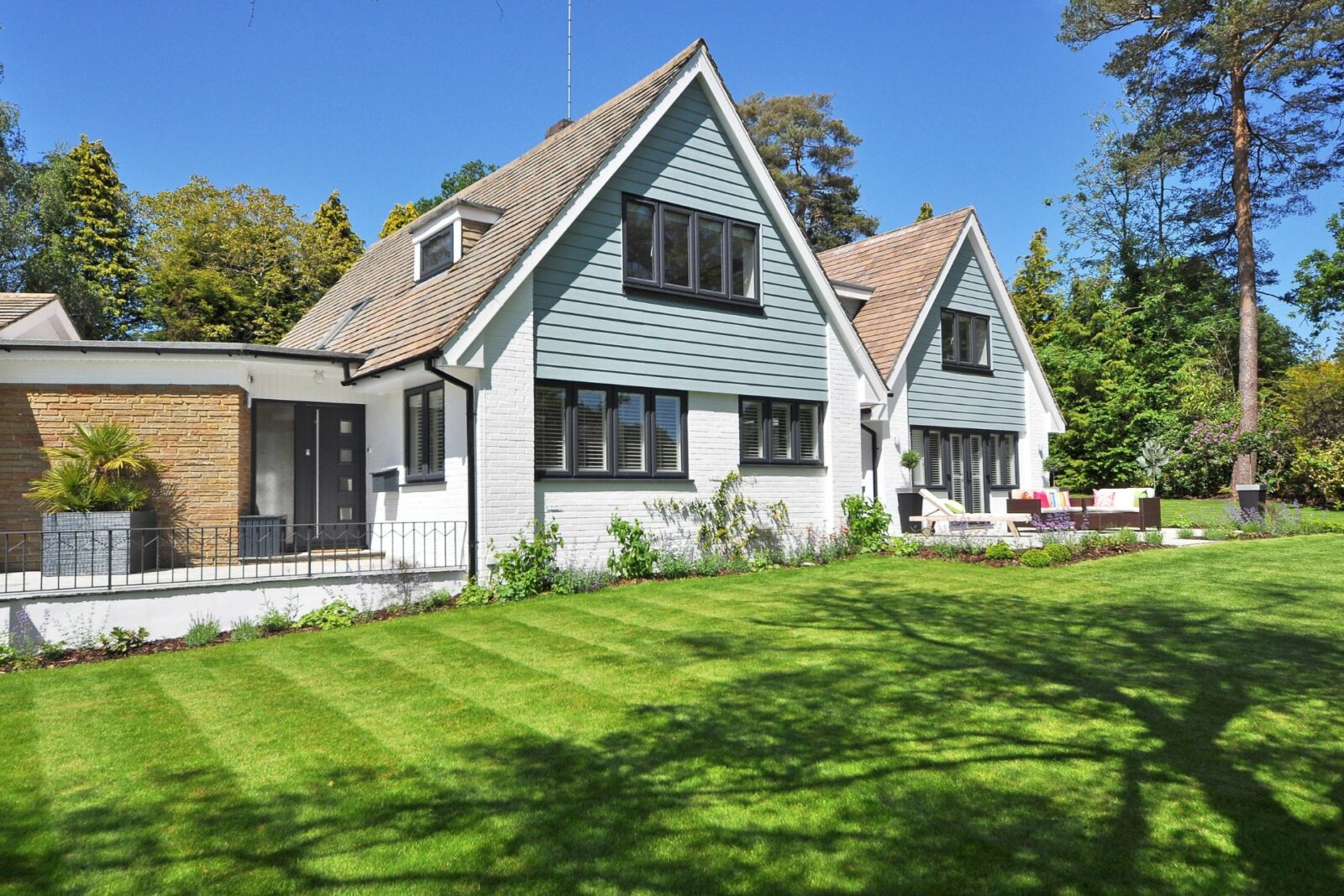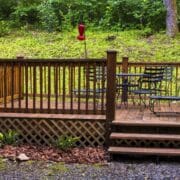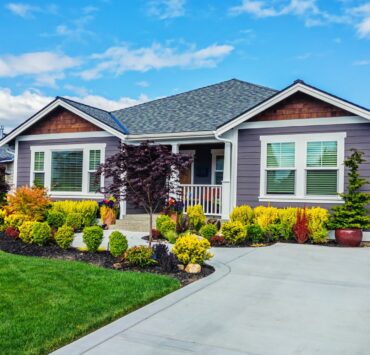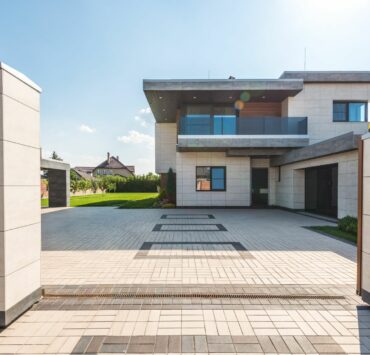Mobile home exterior walls play a crucial role in maintaining the structure’s integrity, energy efficiency, and overall appearance. In this detailed blog, we will explore the materials, construction techniques, and insulation options used in mobile home exterior walls.
-
Common Exterior Wall Materials
Mobile homes typically use different materials for exterior walls compared to traditional site-built homes. The most common materials include:
- Vinyl Siding: Lightweight, low maintenance, and cost-effective, vinyl siding is a popular choice for mobile homes. It comes in various colors and styles to suit your design preferences.
- Metal Siding: Often made of aluminum or steel, metal siding is durable, low maintenance, and fire-resistant. However, it can be prone to denting and may not provide as much insulation as other materials.
- Wood Siding: Offering a natural and rustic appearance, wood siding is versatile and can be painted or stained. However, it requires regular maintenance to prevent rot and insect damage.
-
Exterior Wall Construction Techniques
Mobile home exterior walls are typically built using one of two construction techniques:
- Single-section Homes: In single-section homes, the exterior walls are built with wooden studs, which are usually 2×4 or 2×6 inches. These studs are placed 16 to 24 inches apart, and sheathing material, such as plywood or oriented strand board (OSB), is attached to the studs. The exterior siding material is then applied over the sheathing.
- Multi-section Homes: In multi-section homes, the exterior walls are often built using a “marriage wall” construction technique. This involves constructing two separate walls for each section of the home, with one wall from each section joining together when the home is assembled on-site.
-
Insulation Options
Proper insulation is essential for maintaining a comfortable living environment and minimizing energy costs. Mobile home exterior walls typically use one of the following insulation materials:
- Fiberglass Batt Insulation: This type of insulation is made of spun glass fibers and is commonly used in mobile home exterior walls. It offers good thermal resistance and is relatively easy to install.
- Rigid Foam Insulation: Made from polystyrene, polyisocyanurate, or polyurethane, rigid foam insulation provides a higher R-value (thermal resistance) than fiberglass batts. It is lightweight and can be easily cut to fit between wall studs.
- Spray Foam Insulation: Although more expensive, spray foam insulation offers excellent thermal resistance and can help seal gaps and cracks in the exterior walls. It is applied as a liquid and expands to fill the space between the wall studs.
-
Vapor Barriers and House Wrap
To prevent moisture infiltration and improve energy efficiency, mobile home exterior walls often incorporate vapor barriers and house wraps:
- Vapor Barrier: A vapor barrier is a thin layer of plastic or other impermeable material that is installed between the insulation and the interior wall surface. It helps prevent moisture from entering the wall cavity and causing damage.
- House Wrap: A house wrap is a breathable, water-resistant membrane installed between the exterior sheathing and the siding material. It allows moisture to escape from the wall cavity while preventing water infiltration from the outside.
Understanding the materials, construction techniques, and insulation options used in mobile home exterior walls is essential for maintaining your home’s structural integrity, energy efficiency, and overall appearance. By considering these factors, you can make informed decisions when constructing, repairing, or upgrading your mobile home’s exterior walls.
Related posts:
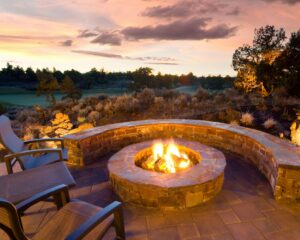 What to Do With Fire Pit Ashes?
What to Do With Fire Pit Ashes?
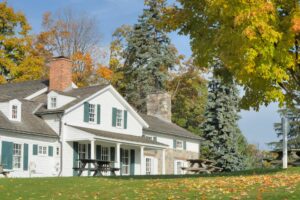 Farmhouse with Front Porch: Ideas and Decor to Enhance Your Home’s Curb Appeal
Farmhouse with Front Porch: Ideas and Decor to Enhance Your Home’s Curb Appeal
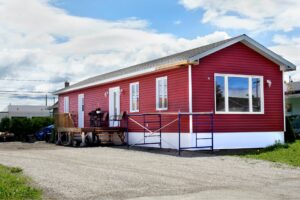 The Ultimate Guide to Home Exterior Repair: Tips and Techniques for Success
The Ultimate Guide to Home Exterior Repair: Tips and Techniques for Success
 Spanish Style Home Exterior: Tips and Inspirations for a Stunning Design
Spanish Style Home Exterior: Tips and Inspirations for a Stunning Design
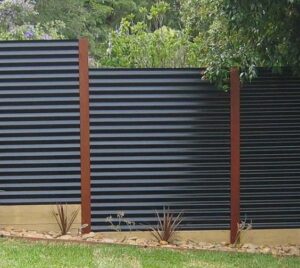 9 Stylish Corrugated Metal Fence Ideas to Try Now
9 Stylish Corrugated Metal Fence Ideas to Try Now
